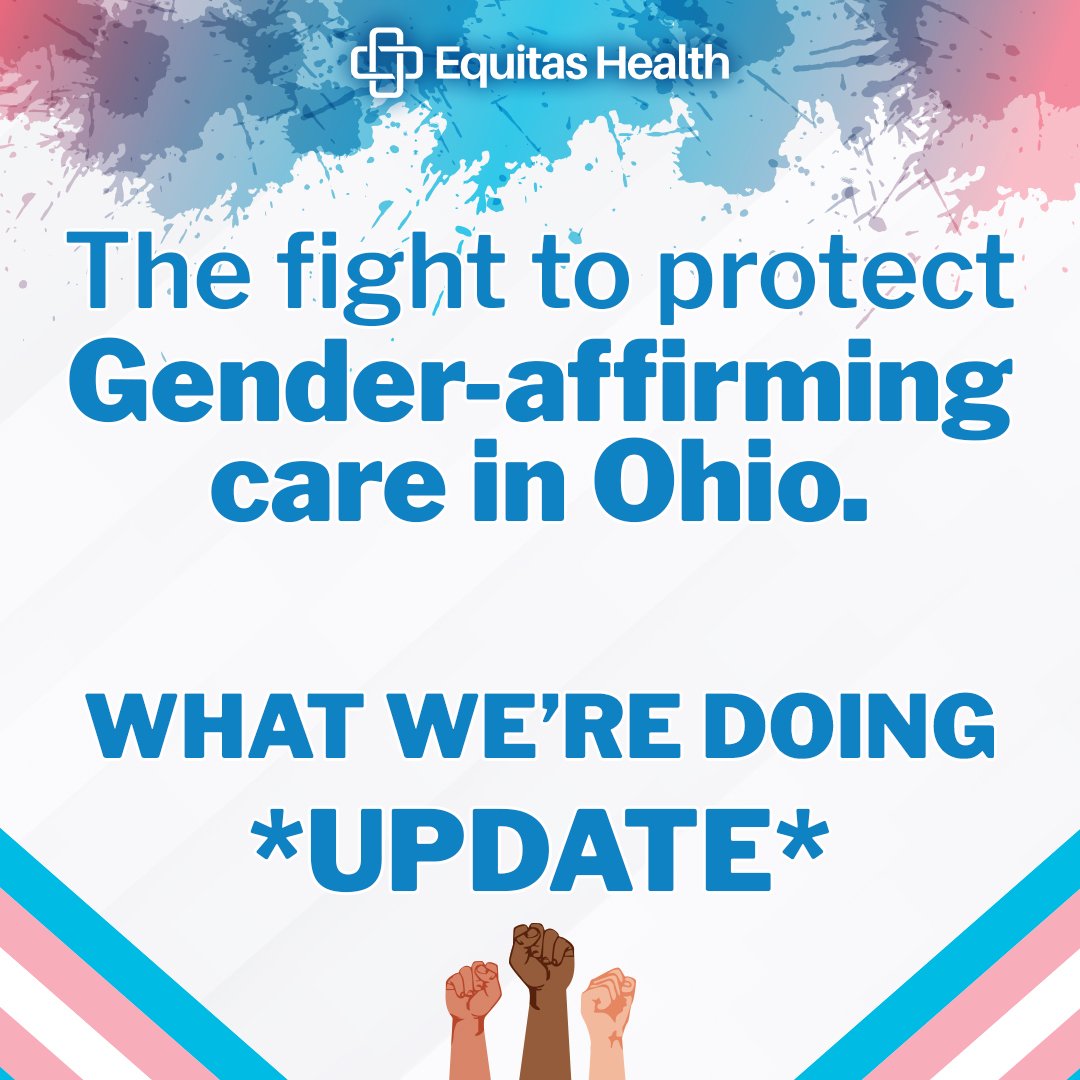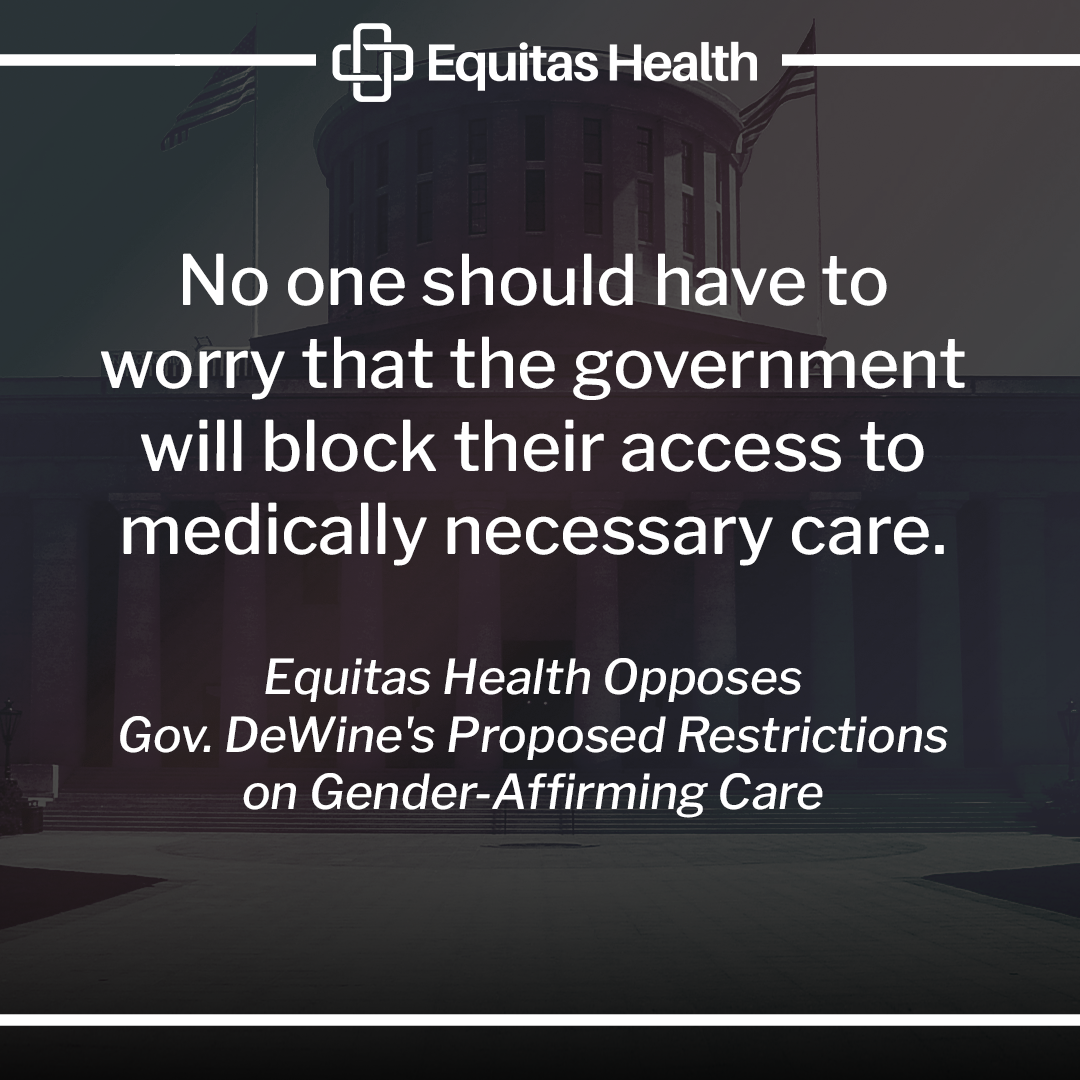Public Statement 6/7/21
Forty years ago this week, the Center for Disease Control reported that five gay men in Los Angeles had been diagnosed with a rare pneumonia typically seen in patients receiving chemotherapy. It was the first official acknowledgement that something was causing groups of people to become highly susceptible to opportunistic infections. It took until 1983 and 1984 for researchers to identify the virus making them susceptible—human immunodeficiency virus (HIV)—and to name the syndrome it caused—acquired immune deficiency syndrome (AIDS).

Public Statement 9/21/24
Our focus remains on integrating our programs to better serve historically neglected communities, always with an understanding of the unique and intersectional needs of the diverse LGBTQ+ population.

Public Statement 8/26/24
Johnson & Johnson, one of the world’s largest drugmakers, announced last Friday that it will discontinue upfront 340B pricing on two medications for disproportionate share hospital (DSH) covered entities. The move is part of a sustained campaign by large drug manufacturers to undermine the federal 340B Drug Pricing Program for participating hospitals and covered entities such as Equitas Health.

Public Statement 8/14/24


Blog 3/29/24
Equitas Health is pleased to announce that a collective bargaining agreement has been reached with Equitas Health Workers United Local #6609. Members of the bargaining unit voted this week, and the result was resounding support for ratification of the agreement.

Blog 2/26/24



Blog 6/2/23
Standing where we are now, it is hard to imagine—even for those of us who lived through it—the seemingly insurmountable and devastating unknowns that we grappled with in the early days of the crisis. Today we have medical interventions, like antiretroviral therapy (ART) and pre-exposure prophylactics (PrEP) that can render HIV a manageable condition and make it untransmittable to sexual partners. In 1981, we had questions without answers. Was it a cancer? A bacteria? A virus? How is it transmitted? And then, of course, there was the assignment of blame. The unidentified illness impacted already stigmatized groups—gay men, Trans women, sex workers, and people who inject drugs, with structural racism making Black and Latinx people in these groups disproportionately impacted. Many argued savagely that AIDS was an illness with a moral agenda.
The government and medical research industry were slow to respond until activist organizations like ACT UP forced them to do so. In 1985 we gained our first real tool, a diagnostic test for HIV, which revealed that people could live with the virus for years before experiencing any auto immune symptoms. With this advance came the sobering realization that far more people than we had previously understood were already living with HIV.
Our ability to treat HIV and prevent its transmission today is the direct result of the tens of thousands of people who participated in the clinical trials of the 1980s and 1990s. Activists shaped these trials and demanded that they include people living with HIV in the decision-making and regulatory processes. Thanks to those trials, where we once had only unknowns, we now have a clear path to the end of the HIV epidemic if we continue funding for highly coordinated and targeted diagnosis, treatment, prevention, and response efforts.
Still, the journey forward feels eerily familiar.
Structural racism, transphobia, homophobia, anti-addiction stigma, and the criminalization of substance use, sex work, and HIV persist as the greatest barriers to ending the epidemic, while activism remains a necessary part of the solution.
Only in a society that recognizes HIV as an illness rather than a felony will HIV testing become routine.
Only in a society that destigmatizes sexual orientation and gender identity and addresses the racism that governs our healthcare systems will Black and Latinx gay men, Trans women, and cis women have equitable access to the information and services they need to prevent, diagnose, and treat HIV.
Only in a society that recognizes addiction as a disease to which the compassionate and medically appropriate responses are harm reduction and recovery services, will people who inject drugs have a viable and consistent pathway to HIV testing and treatment.
Only in a society that recognizes sex workers, without stigma, can they safely connect to the care they need to prevent, diagnose, and treat HIV.
Only with access to stable housing, education, employment, and healthcare can anyone living with HIV successfully maintain the treatment that suppresses the virus, protects the immune system, and prevents transmission.
We have made remarkable progress, and we continue to strive for a world without HIV. But we’re not there yet.
The tools have indeed changed, but in the four decades since the emergence of the virus, the reality of what it will take to stop HIV remains constant. Our medical interventions can only be as effective as our services are accessible, our policies are humane, and our culture is just.

Blog 10/16/24

Public Statement 9/21/24
Our focus remains on integrating our programs to better serve historically neglected communities, always with an understanding of the unique and intersectional needs of the diverse LGBTQ+ population.

Public Statement 8/26/24
Johnson & Johnson, one of the world’s largest drugmakers, announced last Friday that it will discontinue upfront 340B pricing on two medications for disproportionate share hospital (DSH) covered entities. The move is part of a sustained campaign by large drug manufacturers to undermine the federal 340B Drug Pricing Program for participating hospitals and covered entities such as Equitas Health.